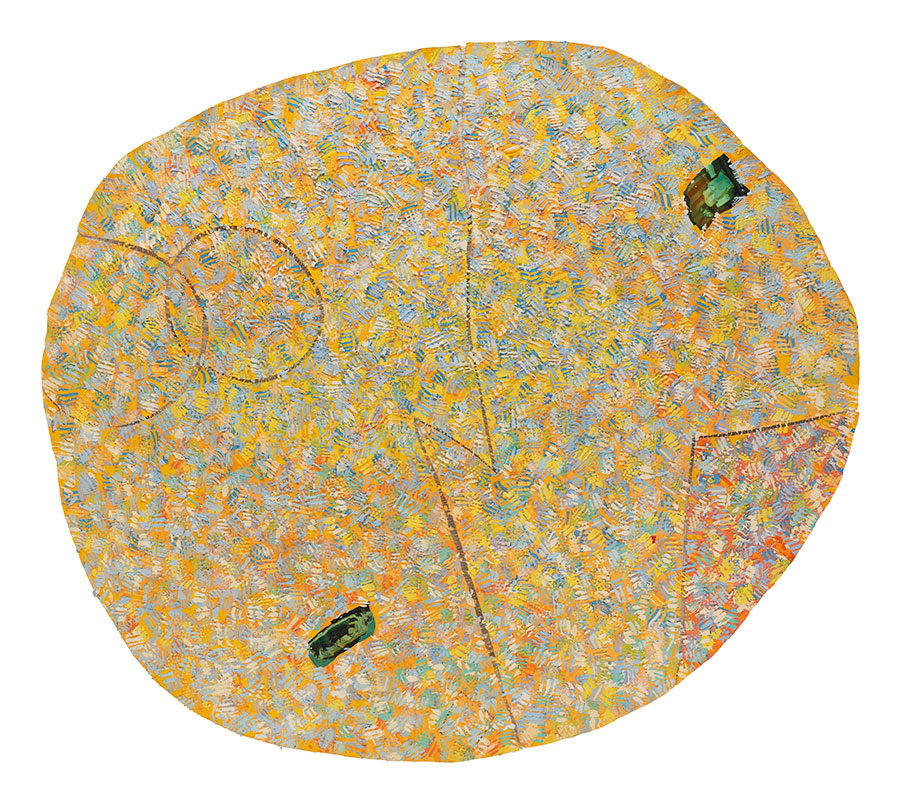In Pictures: The Maximalist Revolt Against Minimalism
A show at ICA, Boston, celebrates clashing patterns and exuberant design
A show at ICA, Boston, celebrates clashing patterns and exuberant design

‘Less is a bore,’ said Robert Venturi in 1963. This glib, throwaway line turned minimalism on its head, making a joke of the famously austere modernist phrase ‘less is more’. Embracing excess, decoration and luxury, maximalism, a movement defined by art historian Robert Pincus-Witten, began in the 1970s and centred around the rebuttal of asceticism.
An exhibition at Boston’s Institute of Contemporary Art takes Venturi’s statement as its title and groups works that share these traits. Prominent Pattern and Decoration artists from the 1970s and ’80s are shown alongside contemporary artists taking on an ornamental tradition. In contemporary art criticism, so-called aesthetic works are often reduced to one side of the perceived binary between a piece’s formal qualities and its intellectual message. Yet, as the works on display here demonstrate: no such binary exists.


Howardena Pindell’s Artemis (1986) is a circular, mixed-media painting composed of swipes and globules of yellow, baby blue, lime and off-white. A hypnotic, highly decorative work, it would fit neatly into an abstract tradition. The circle, however, is a troubling symbol for Pindell, who in her youth observed its use as a symbol in racial segregation practices in the American south.

Also on display is a black and white photograph from Stephanie Syjuco’s series ‘Cargo Cults’ (2013–16) of a woman dressed in an array of graphically patterned garments that could have been designed by Bridget Riley. The clothes are, however, all high-street purchases of items printed with ‘ethnic’ designs, and the work looks at the role of fast fashion in the appropriation and commodification of cultures.

Floral wallpaper, a richly decorated chair and ornately embroidered jacquard fabric feature elsewhere in ‘Less Is a Bore’, yet nothing on display is ever simply cosmetic. While the debates surrounding art and craft, form and content roll on, the veiled messages within the patterns are ready to be decoded.
‘Less Is a Bore: Maximalist Art & Design’ runs at ICA Boston, USA until 22 September 2019.





















